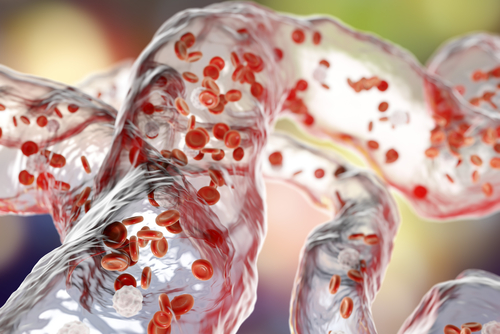Internal Bleeding: What to Watch for When You Have EDS
Written by |

Ehlers-Danlos syndrome (EDS) is a rare disease that affects connective tissue. Patients with EDS have fragile skin and tissues, which can put them at high risk for internal bleeding, even without accident or injury.
What is internal bleeding?
Internal bleeding occurs when patients bleed into their chest or abdominal cavity. Generally, this happens as a result of organ damage or injury. For EDS patients, their tissues and blood vessels can be so fragile that they may spontaneously tear or rip, causing bleeding.
Internal bleeding can be very dangerous, and may require surgery to repair the torn blood vessels or damaged organs.
If you suspect that you are bleeding internally, seek medical attention immediately.
What are the symptoms?
Some symptoms of internal bleeding to watch out for:
Chest or abdominal pain
Internal bleeding can be painful. If you have cramps or heaviness that can’t be explained by other conditions, you may be experiencing a symptom of internal bleeding.
Fainting or dizziness
Blood loss frequently causes patients to feel lightheaded, dizzy, or even faint, which is due to a drop in blood pressure as a result of the blood loss.
Shortness of breath
Internal bleeding can cause you to have insufficient blood circulating in your body, which can give the sensation of being short of breath. If bleeding is occurring in the chest cavity, the movement of the lungs can be restricted by the accumulation of blood.
Coughing blood
Spitting or coughing blood may be a sign of internal bleeding.
Black or tarry stool
Black or tarry-looking stool may indicate internal bleeding in the gastrointestinal tract because blood changes the color of stools.
Last updated: Sept. 19, 2019
***
Ehlers-Danlos News is strictly a news and information website about the disease. It does not provide medical advice, diagnosis, or treatment. This content is not intended to be a substitute for professional medical advice, diagnosis, or treatment. Always seek the advice of your physician or other qualified health provider with any questions you may have regarding a medical condition. Never disregard professional medical advice or delay in seeking it because of something you have read on this website.




